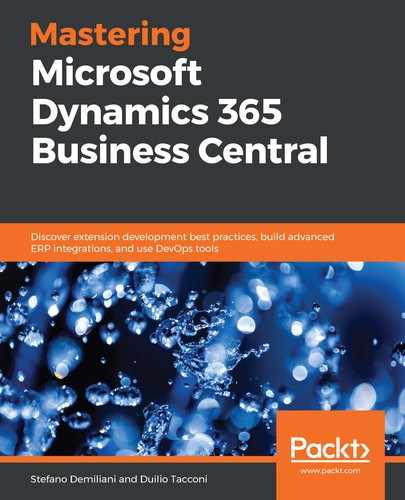These are collections of microservices that have their own purposes and perform specific tasks (provisioning, scale, monitoring, and authentication, for example) to manage application access, distribution, and runtime. They are all built-in and managed by Azure Service Fabric. Each region has a subset of these services, and they are called regional services because they follow the same privacy and legal guidelines of the country or region of the world they belong to.
There are two benefits of this:
- Privacy and security laws in that specific region are respected when it comes to data handling.
- Closeness to data storage means that latency is reduced and network performance is increased.
A control plane is a collection of services that manage a specific data plane. For this reason, they are located and distributed in the same region as the data planes.
The following are the services that currently make up a control plan:
- Database Monitor: Used to monitor a tenant's and application databases' health and upload telemetry and statistics into the internal analysis tool.
- Elastic Pool Optimizer: Extracts statistics from elastic pools and uploads them into internal tools.
- Extension Management Service: This is the core service of the control plane and is where the sync daemon routes and finalizes service calls. Roughly speaking, it is an information container. It has a registry of all the data plane clusters and inventories (which tenants are in which cluster, and so on). Its duty is to create, upgrade, and manage tenants on demand. Typically, this service acts upon sync daemon requests or from other services in the regional control plane.
- Extension Validation Service: Compiles the per-tenant extensions against upcoming application services. This will determine whether the changes in the base application that are coming will break the private IP that was created for that tenant. These errors could be surfaced to the partner through the CSP partner portal.
- Health Monitor: Keeps track of the state of the tenant and, if it detects an unhealthy ping, it sends an internal alert.
- Management Portal: Internal dashboard portal based on the Dynamics 365 Business Central web client platform. It manages customer tenants and provides a UI to perform actions over these tenants.
- Management Service: The heart of service orchestration. It contains a catalog of what kind of activity could/should be performed by the tenant. Some of these include create, copy, upgrade, and delete.
- Provisioning Service: Historically, it was made of a collection of PowerShell scripts for Azure VM provisioning. Nowadays, it is mainly used to perform extension validations.
- Sync Daemon: This is one of the oldest services for Dynamics 365 Business Central. Global services typically talk to this service in the regional control planes and it determines whether to create a new tenant or route to the appropriate data plane. It has an operations database that is used to enqueue requests of creating new tenants, just in case it cannot be served immediately.
- Tenant Admin Backend Service: Performs activities related to the admin center. For example, it is responsible for validating web service requests, such as the integrity of the content and the business logic of the content.
- Tenant Buffering Service: This is typically handled by the management service. It is constantly checking how many tenants have been created and replaces the number of buffer tenants with new ones to cope with peak periods and maintain the right balance between brand new tenant creation and the assignment of existing tenants.
- Tenant Maintenance Service: Used for tenant maintenance. For example, when a customer decides to move from a trial to a paid subscription, this service kicks in. The maintenance service will then move the tenant from the Standard tier to a more performant Premium tier. If a trial expires or a license is removed in the AAD, or the customer stops paying, the maintenance service will put the tenant in a suspended state. There is a 90-day period to redeem the tenant, but this may vary, depending on the data retention policy in each country. After this grace period, the tenant is dismounted from the service tier and, after a while, it's deleted.
- Tenant Upgrader: Schedules and triggers update jobs in a time upgrade window specified by the CSP partner. Currently, the date when the tenant will be upgraded is decided by Microsoft and cannot be changed.
The development team is constantly adding new services or splitting existing ones to make room for new features or to optimize the maintenance and scalability of Dynamics 365 Business Central. In the next section, we will see what regional data planes work with these.
